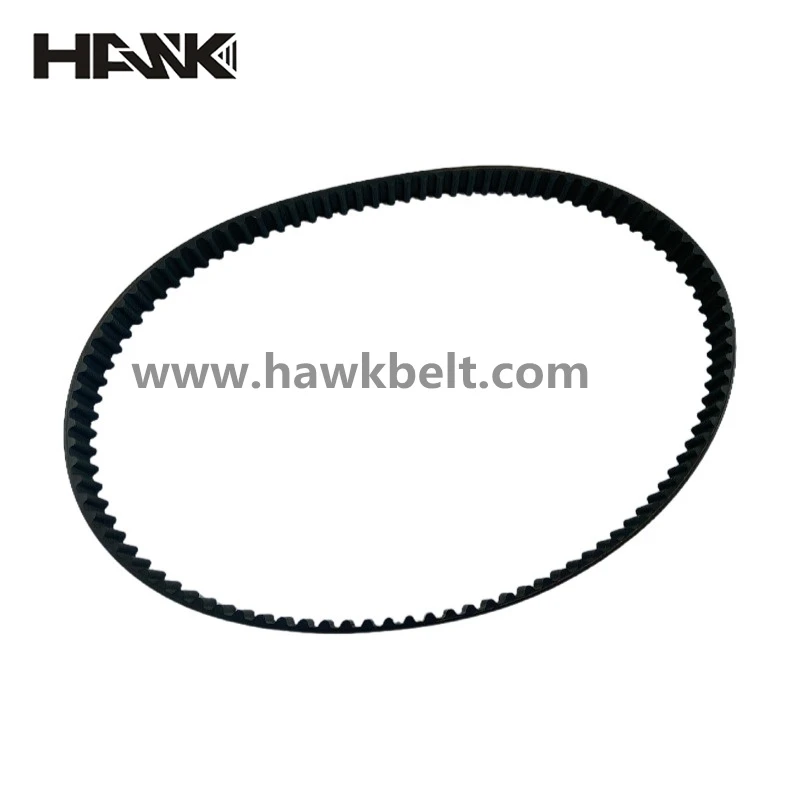- Arabic
- French
- Russian
- Spanish
- Portuguese
- Turkish
- Armenian
- English
- Albanian
- Amharic
- Azerbaijani
- Basque
- Belarusian
- Bengali
- Bosnian
- Bulgarian
- Catalan
- Cebuano
- Corsican
- Croatian
- Czech
- Danish
- Dutch
- Afrikaans
- Esperanto
- Estonian
- Finnish
- Frisian
- Galician
- Georgian
- German
- Greek
- Gujarati
- Haitian Creole
- hausa
- hawaiian
- Hebrew
- Hindi
- Miao
- Hungarian
- Icelandic
- igbo
- Indonesian
- irish
- Italian
- Japanese
- Javanese
- Kannada
- kazakh
- Khmer
- Rwandese
- Korean
- Kurdish
- Kyrgyz
- Lao
- Latin
- Latvian
- Lithuanian
- Luxembourgish
- Macedonian
- Malgashi
- Malay
- Malayalam
- Maltese
- Maori
- Marathi
- Mongolian
- Myanmar
- Nepali
- Norwegian
- Norwegian
- Occitan
- Pashto
- Persian
- Polish
- Punjabi
- Romanian
- Samoan
- Scottish Gaelic
- Serbian
- Sesotho
- Shona
- Sindhi
- Sinhala
- Slovak
- Slovenian
- Somali
- Sundanese
- Swahili
- Swedish
- Tagalog
- Tajik
- Tamil
- Tatar
- Telugu
- Thai
- Turkmen
- Ukrainian
- Urdu
- Uighur
- Uzbek
- Vietnamese
- Welsh
- Bantu
- Yiddish
- Yoruba
- Zulu
Oct . 05, 2024 06:43 Back to list
Durable Leather Drive Belts for Efficient Power Transmission and Performance Enhancement
Understanding Leather Drive Belts A Perfect Blend of Durability and Elegance
Leather drive belts have long been cherished in various industries for their unique combination of durability, flexibility, and aesthetic appeal. These belts are essential components in numerous machinery, from vehicles to industrial equipment, playing a critical role in the transmission of power and motion. In this article, we will explore the characteristics, advantages, and applications of leather drive belts, as well as the reasons behind their enduring popularity.
What are Leather Drive Belts?
Leather drive belts are mechanical belts made from high-quality tanned leather. They are designed to transfer power between pulleys within machinery and are available in a variety of shapes and sizes, depending on their intended use. Leather, as a material, offers several advantages over synthetic options, including superior strength, natural flexibility, and resistance to wear and tear. These properties make leather an ideal choice for drive belts, especially in applications where reliability and longevity are crucial.
Advantages of Leather Drive Belts
1. Durability One of the most significant benefits of leather drive belts is their durability. Leather is a naturally strong material that can withstand substantial tension and load, making it an excellent choice for high-performance applications. When properly cared for, leather belts can last for many years, reducing the need for frequent replacements and thus minimizing maintenance costs.
2. Flexibility Unlike some synthetic materials that can become rigid over time, leather retains its flexibility even after extended use. This adaptability allows leather drive belts to function smoothly without slipping or breaking under strain, ensuring that machinery operates efficiently.
3. Aesthetic Appeal Leather's natural beauty and texture provide a sophisticated look that is often preferred in certain applications, particularly in vintage machinery and classic vehicles. A leather drive belt can enhance the overall appearance of equipment, making it more visually appealing to enthusiasts and collectors.
leather drive belt

4. Biodegradability Leather is a natural product, making it a more environmentally friendly option compared to synthetic alternatives. Leather drive belts can decompose over time, reducing their environmental impact when they reach the end of their life cycle.
Applications of Leather Drive Belts
Leather drive belts are utilized in various sectors, including automotive, agricultural, and industrial machinery. In the automotive industry, they can be found in classic cars, where they serve to connect different parts of the engine and power systems. In agricultural machinery, leather belts are often used in traditional farming equipment, offering reliable performance for tasks like harvesting and irrigation. Moreover, in industrial applications, leather drive belts are recognized for their ability to manage heavy loads while maintaining operational efficiency and safety.
Maintenance and Care
To ensure the longevity and performance of leather drive belts, regular maintenance is essential. This includes periodic inspections for signs of wear, lubrication to prevent drying out, and cleaning to remove dirt and debris. Proper storage in a cool, dry place can also extend the life of leather belts.
Conclusion
In conclusion, leather drive belts offer an array of benefits that make them a preferred choice across many industries. With their impressive durability, flexibility, and aesthetic qualities, these belts continue to stand the test of time. As technology evolves, the classic charm and reliability of leather drive belts ensure they remain relevant, proving that sometimes, the old ways still hold the best solutions. Whether you are a machinery enthusiast or a professional in any industry, understanding the value of leather drive belts can enhance both the performance and appearance of your equipment.
-
Korean Auto Parts Timing Belt 24312-37500 For Hyundai/Kia
NewsMar.07,2025
-
7PK2300 90916-T2024 RIBBED BELT POLY V BELT PK BELT
NewsMar.07,2025
-
Chinese Auto Belt Factory 310-2M-22 For BMW/Mercedes-Benz
NewsMar.07,2025
-
Chinese Auto Belt Factory 310-2M-22 For BMW/Mercedes-Benz
NewsMar.07,2025
-
90916-02660 PK Belt 6PK1680 For Toyota
NewsMar.07,2025
-
drive belt serpentine belt
NewsMar.07,2025

